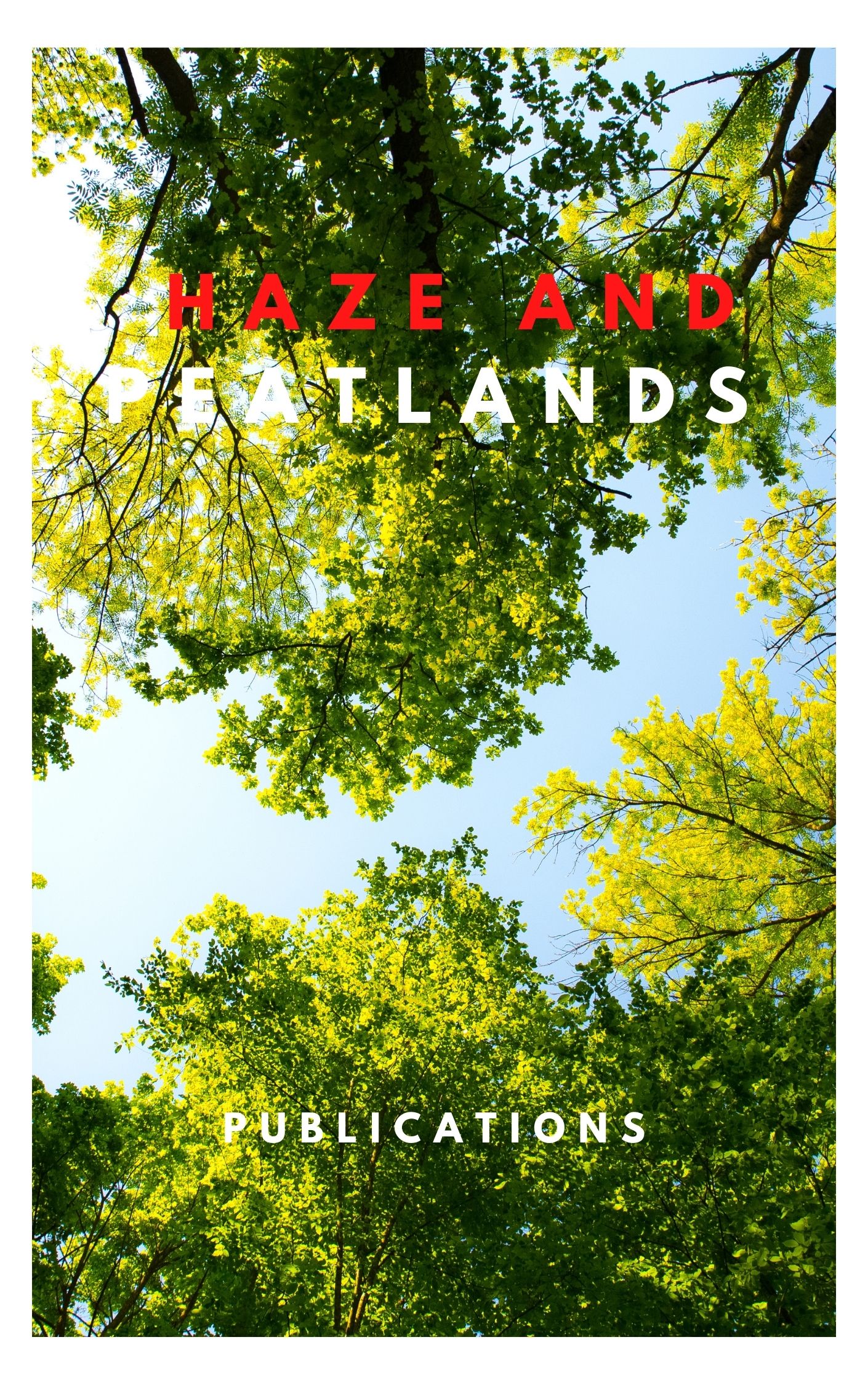Tropical peatlands cover an estimated 440000km(2) (similar to 10% of global peatland area) and are significant in the global carbon cycle by storing about 40-90 Gt C in peat. Over the past several decades, tropical peatlands have experienced high rates of deforestation and conversion, which is often associated with lowering the water table and peat burning, releasing large amounts of carbon stored in peat to the atmosphere. We present the first model of long-term carbon accumulation in tropical peatlands by modifying the Holocene Peat Model (HPM), which has been successfully applied to northern temperate peatlands. Tropical HPM (HPMTrop) is a one-dimensional, nonlinear, dynamic model with a monthly time step that simulates peat mass remaining in annual peat cohorts over millennia as a balance between monthly vegetation inputs (litter) and monthly decomposition. Key model parameters were based on published data on vegetation characteristics, including net primary production partitioned into leaves, wood, and roots; and initial litter decomposition rates. HPMTrop outputs are generally consistent with field observations from Indonesia. Simulated long-term carbon accumulation rates for 11000-year-old inland, and 5000-year-old coastal peatlands were about 0.3 and 0.59 Mg Cha(-1)yr(-1), and the resulting peat carbon stocks at the end of the 11000-year and 5000-year simulations were 3300 and 2900 Mg Cha(-1), respectively. The simulated carbon loss caused by coastal peat swamp forest conversion into oil palm plantation with periodic burning was 1400 Mg Cha(-1) over 100years, which is equivalent to similar to 2900years of C accumulation in a hectare of coastal peatlands.
View source

